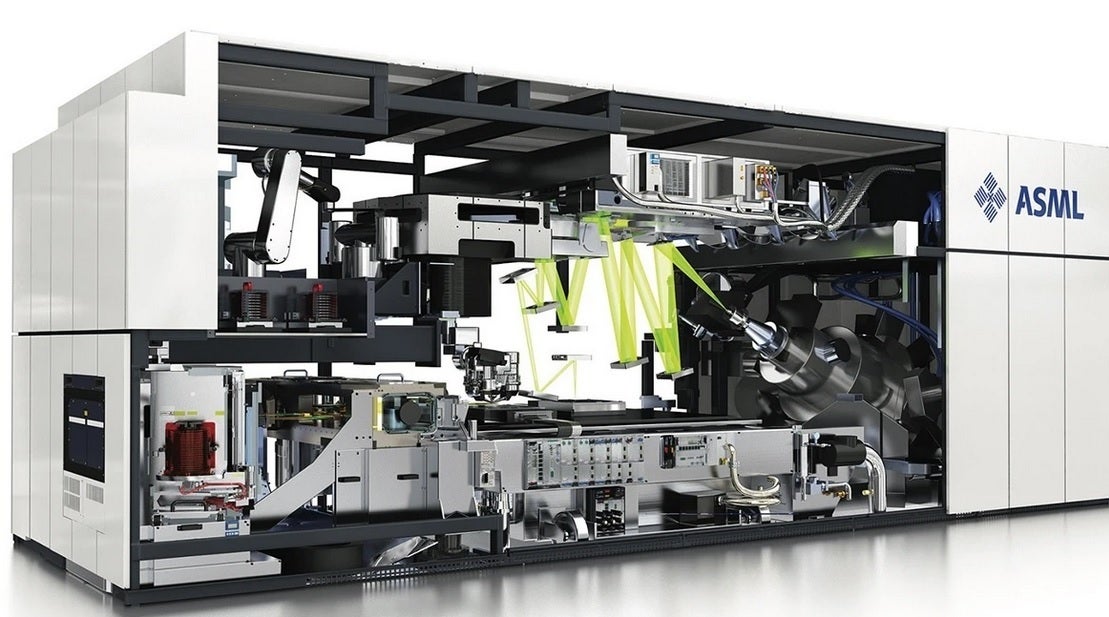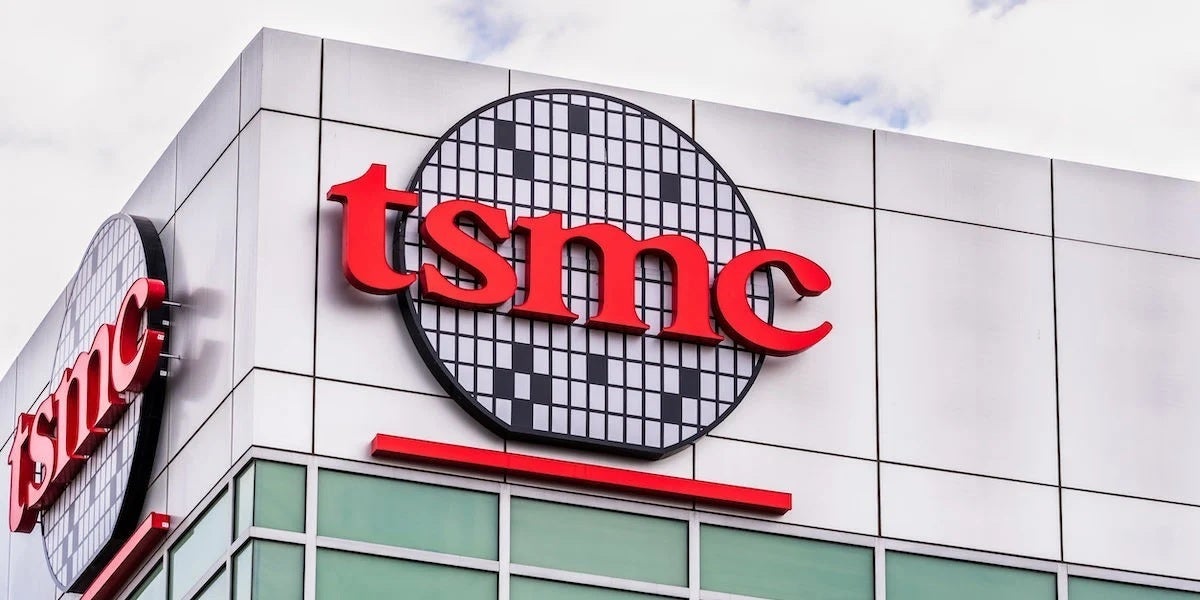China's largest foundry raises alarm with production of basic 7nm SoCs

China very badly wants to be self-sufficient when it comes to manufacturing chipsets. But it has had a problem as the U.S. has tried to prevent this from happening. China's largest foundry, Semiconductor Manufacturing International Corporation (SMIC), could only produce chips using its 14nm process node compared to the 5nm process node being used by leading foundries TSMC and Samsung (and both will be shipping 3nm chips later this year).
Despite U.S. sanctions, SMIC is beginning work on reducing the process node lead that TSMC and Samsung have
This is important because the lower the process node, the higher the number of transistors that can fit inside a chip. And the more transistors inside a chip, the more powerful and energy-efficient the chip is. With 15 billion transistors in Apple's A15 Bionic, you have to wonder how such components can be designed. The answer is a machine manufactured by Dutch firm ASML, the extreme ultraviolet (EUV) lithography machine.

Even without a $150 million EUV machine, like the one in this picture, SMIC is able to work on the 7nm process node
The EUV machine etches circuitry designs on a wafer that are a fraction of the thickness of a human hair. The machine has been credited with keeping Moore's Law alive; that is the observation made by Intel co-founder Gordon Moore that the number of transistors in chips would double, at first every year. When Moore revised his "Law" in the 1970s, he changed the time frame to "every other year."
In 2020, an export rule change made by the U.S. Commerce Department blocked foundries around the world from shipping cutting-edge chips to China's Huawei if those foundries manufacture chips using U.S. technology. As a result, Huawei has been forced to use Qualcomm's current Snapdragon chips that are modified to run 4G speeds only thus blocking Huawei from producing 5G capable phones.
The U.S. also has taken steps in the past to prevent SMIC from obtaining EUV machines from ASML to prevent China from producing cutting-edge chips. But when we last looked at SMIC last September, it announced that it was spending billions to build new fabs and planned on going after TSMC in the 28nm segment which is used for Wi-Fi chips and other integrated circuits.
SMIC might have copied TSMC's technology in order to build its 7nm SoC.
More interesting was that SMIC said that it had been developing a node called N+1 that could compete with 7nm chips. And all this was being achieved without an EUV machine. Now a firm called TechInsights (via Tom's Hardware) says that it has discovered that SMIC used its 7nm process node to build a Bitcoin Miner SoC. After reverse engineering the chip, TechInsights said, ""initial images suggest it is a close copy of TSMC 7nm process technology."

TSMC has sued SMIC twice for copying its technology
This might not be so surprising since TSMC has sued SMIC twice for copying its technology. But however SMIC managed to do it, the cat is now out of the bag and the feline cannot be stuffed back in the sack. If TechInsights is correct, SMIC can build 7nm chips. And even though the foundry remains several nodes behind TSMC and Samsung, alarms are being raised.
Because profits might not matter to a company like SMIC that counts State-owned firms as investors, it might not matter to the Chinese government how uneconomical SMIC is in producing 7nm chipsets. As a result, there is a fear that SMIC can get even closer to TSMC and Sammy. And if SMIC did steal tech from TSMC, China could be moving toward process node parity with the top foundries faster than we might think.
The MinerVa Bitcoin mining chip shows signs of being an early stage production. Bitcoin miners do not use much RAM memory which allows the 7nm SMIC chip to get by without the full capabilities that similar chips from other cutting-edge foundries would have.
Still, while we hate to repeat ourselves, the Chinese government has the money and the brainpower to eventually get around the lack of an EUV machine. In the meantime, SMIC is sure to build more complex chipsets based on its 7nm process node. Right now, SMIC's 7nm node isn't even ready to tackle smartphones, or else we'd see Huawei use it in its handsets.
As TechInsights notes, "This is the most advanced technology product TechInsights has seen from SMIC so far and may be leading to a true 7nm process that incorporates scaled logic and memory bitcells. It also has key implications for Chinese chip companies, as it helps to reduce China’s reliance on Western technologies during this time of restricted access."










Things that are NOT allowed: